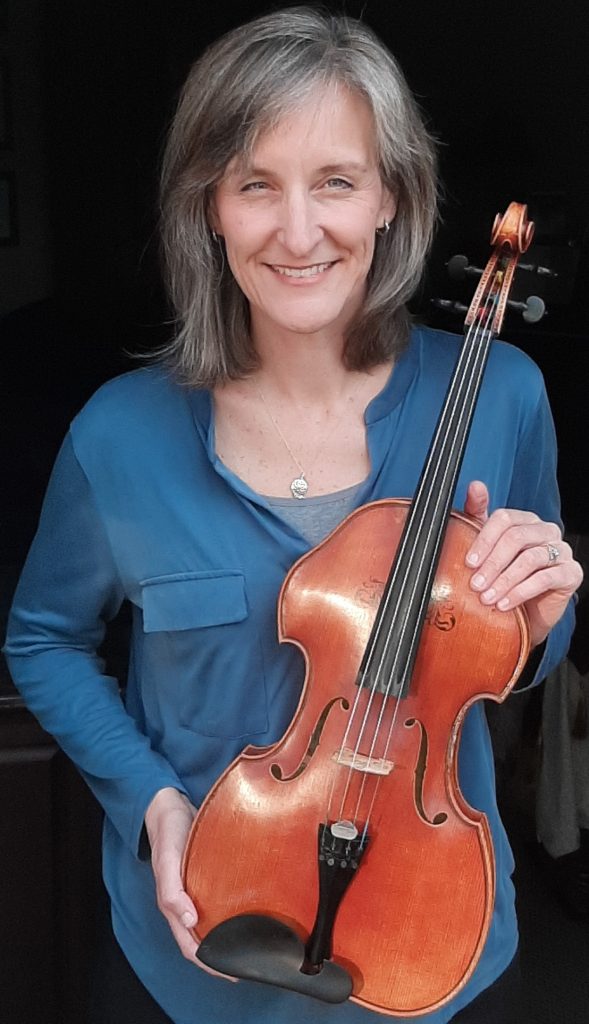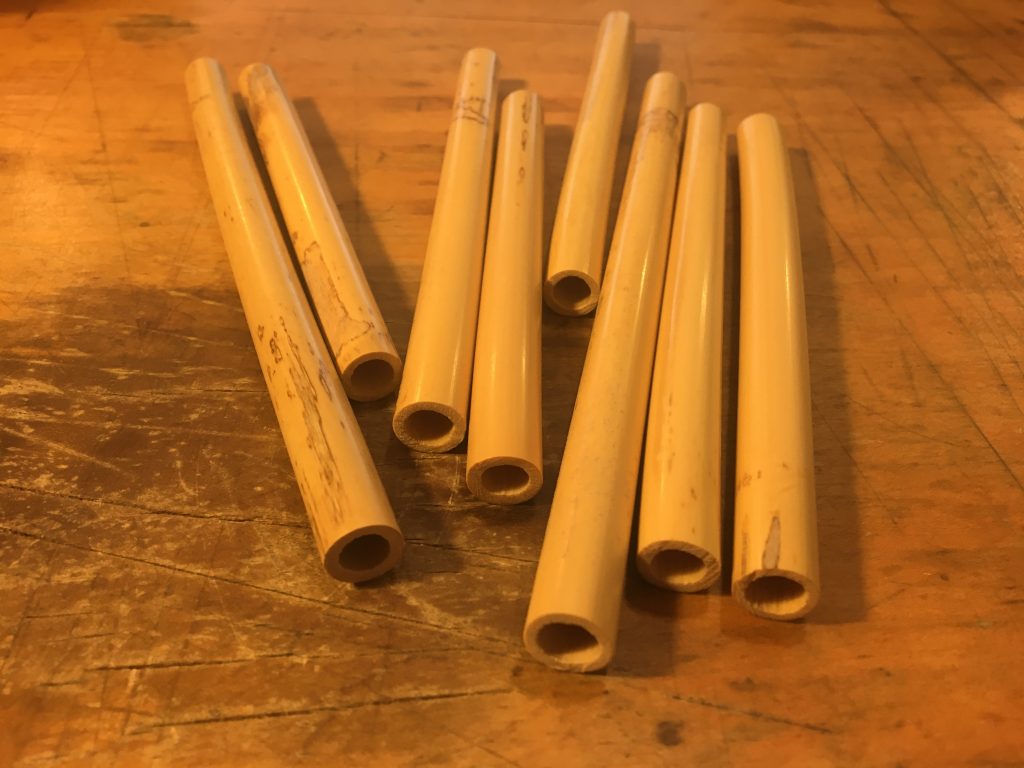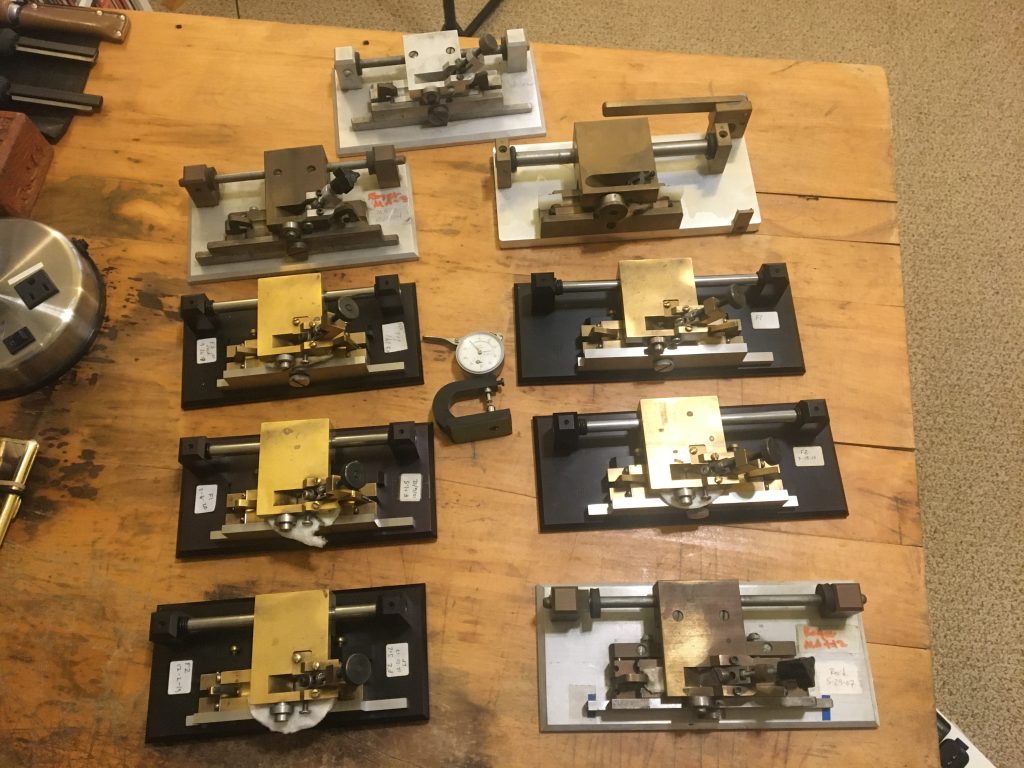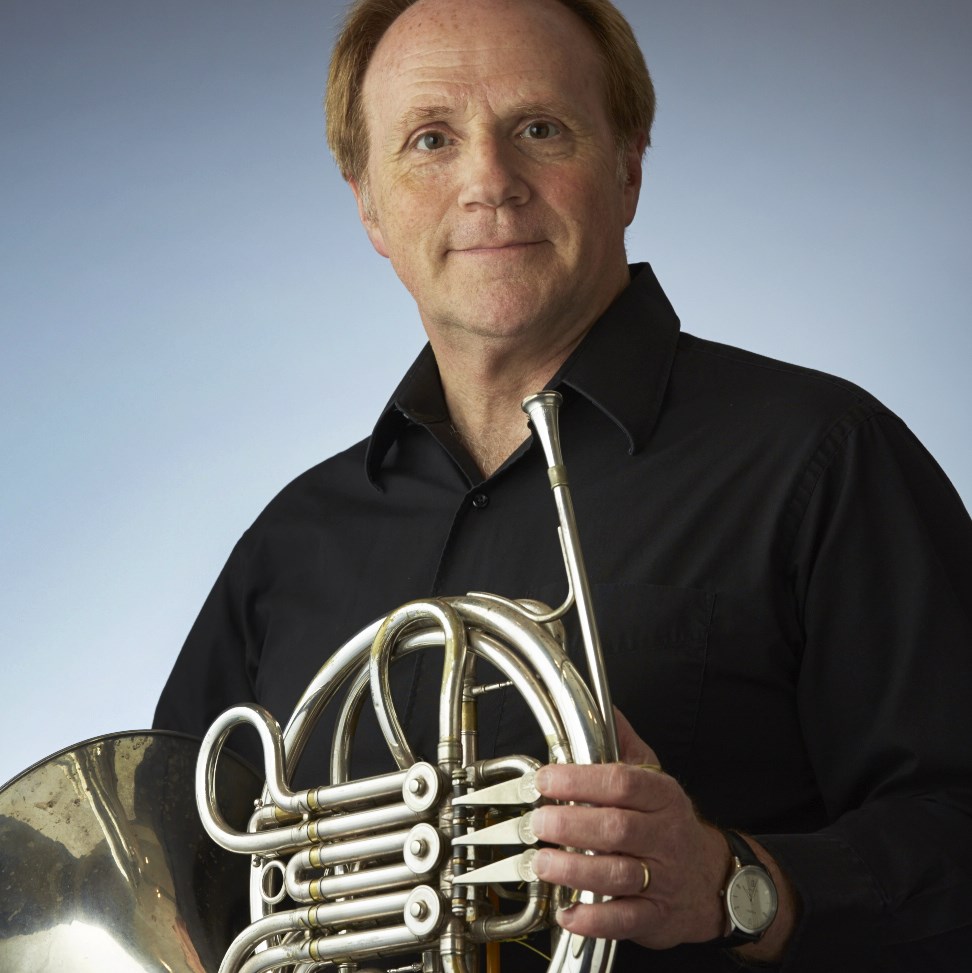Instrument Maintenance
Despite a long hiatus from the orchestra, our instruments have required the consistent maintenance that we normally put in during the playing season. While each section of the orchestra requires different types of maintenance, we all try very hard to keep our instruments in top playing condition in order to sound as good as possible.
We asked three musicians to share their techniques for keeping their instruments in top playing shape.
Amy Kniffen, Viola
I have spent more time with my Viola than with any other object on Earth. It has been my constant companion from the time that I first picked it up and drew the bow across its strings. I have played it in recitals, chamber music concerts, symphony concerts, and one cold day in January of 1998, at an audition that brought me to the ISO. It has brought me joy, accompanied me on my travels, and been my voice when I had no words, and yes honestly there are times when I have hated the sight of it.
Many of my colleagues walk on stage with museum quality instruments; beautiful to behold and to hear. These instruments are also our tools and as we cycle through multiple programs on a weekly basis, their maintenance and repair is a significant part of our personal and collective success.
For me, maintenance begins by installing a new, specific brand of strings and rehairing my bow every nine or ten weeks. On top of that, when the weather changes, the viola needs to be adjusted to accommodate changes caused by temperature and humidity shifts. Every few years I take it back to the maker outside of Philadelphia for more major upkeep, driving it rather than trusting it to the mail.

After my husband and I paid off student loans, instead of buying better cars we bought better instruments, and they are still our most significant investment besides our home. Some of my colleagues live in apartments rather than buy a house so that they can afford an instrument that was built when Mozart was alive.
The benefit of ISO musicians being all-in on our instruments is heard every time we play, in the collective sound that pours forth from the HCT stage, as well as in our individual voices. It is the power to move, to be moved, to effectively join in the great conversation that connects generation to generation and culture to culture.
Roger Roe, Oboe
I had no idea when I started on the oboe that I would also need to be a mechanic or a craftsman, but that’s how it feels sometimes. The mechanisms on the oboe are covered in tiny screws, and the least bit too much or too little tension in any of them can result in leaks that make the instrument a lot harder to play. As a result, we learn to check and adjust the pads and screws and to change them when needed. I can’t tell you how scary it is to pick up your instrument and find almost nothing wants to come out! Of course, I get to adjust everything twice, for both oboe and English horn!
When the instrument feels hard to play, however, I first wonder if the problem is my reed. We make reeds ourselves from tubes of cane ordered from France, and the tools used to make them are extensive and expensive. Probably the most arcane and fussy are my gougers. An oboe gouger blade lasts about six months, and replacing the blade and returning it to the expected position again is an art unto itself.

Tubes of cane, in their unworked form 
The various stages of oboe reed making, from tube to finished reed 
Roger’s gougers and micrometer, essential tools for the reed making process
Fortunately, I enjoy that kind of detailed mechanical work just enough to tinker and readjust things before I need to send a machine off again to an expert to replace the blade. I use a micrometer to measure the gouged thickness of the cane to a tolerance of 1/1000th of an inch. Even a difference of a few thousandths of an inch can make the reeds feel very different and make the music suffer.
As with everything, redundancy matters. I have three gougers for oboe and three for English horn. That way, I can feel ready to have great reeds every week for our world-class orchestra.
Rob Danforth, Horn
Thankfully, the brass instruments in the orchestra are easier to maintain than their counterparts in the string and wind sections, but we each still have our routines to keep our instruments playing as well as possible.
I have been playing for over fifty years now. When I started learning to play the horn, players mainly maintained the instrument themselves. Occasionally one would take out all the slides and put the horn in the bathtub and use a springy apparatus with brushes on both ends called a snake to clean out all the tubing. We had to periodically change the strings in the valve mechanism using braided fishing line, and we would replace the corks in the valve bumpers (In fact, I would cut up used wine bottle corks for mine).
Today we typically take our horns to a professional repair person for a “cleaning” once every one to three years. This cleaning consists of a chemical bath to remove mineral buildup (or there is also now an ultrasonic method of doing this). Bumpers are replaced with neoprene rubber instead of cork. The strings on the instrument are replaced with string specifically made for brass instruments. The valves are adjusted to be sure they are in perfect alignment, which is really important when playing the instrument at a high level.

Given the modern reliance on technicians, younger players often may not know how to replace a string so you may rarely see a concert where someone’s horn gets passed to a more experienced player for an emergency repair. We all keep spare strings and screwdrivers in our repair kits for this type of emergency.
There is also daily and weekly maintenance the player needs to attend to. Valves must be oiled each time the player takes the horn out to practice, rehearse, or perform. We clean out the leadpipe with a snake once a week to keep the muck from accumulating and getting further down in the instrument. And we need to periodically put slide grease on our slides to be sure they continue to move freely.